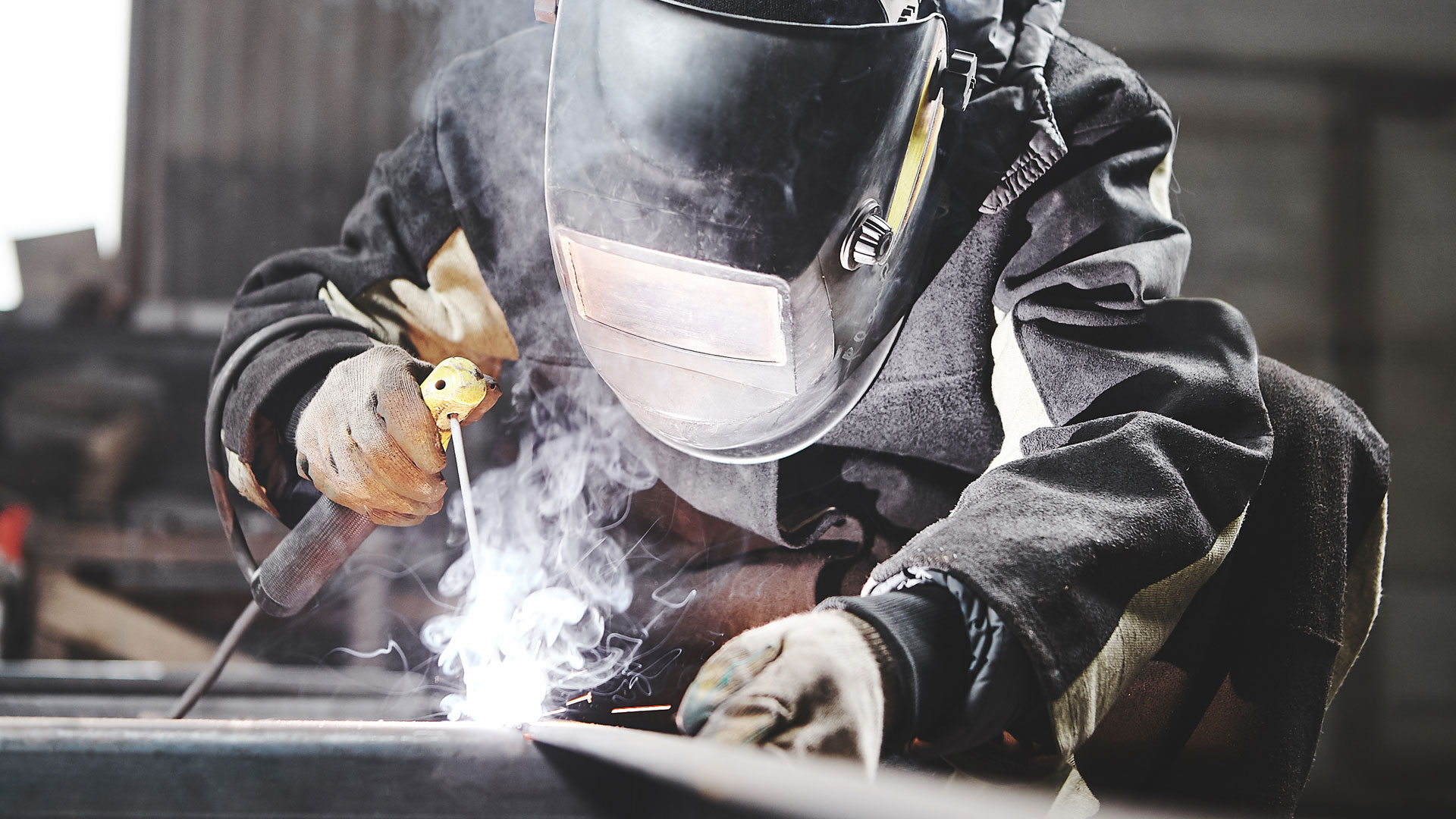The Ultimate Overview to Welding WPS Procedures: A Comprehensive Overview for Welders
In the intricate globe of welding, Welding Treatment Specs (WPS) act as the backbone of guaranteeing quality, uniformity, and security in welding procedures. Understanding the subtleties of developing, implementing, and monitoring WPS treatments is necessary for welders looking to raise their craft and meet market criteria. As we look into the various elements of a WPS and check out the ins and outs of qualification and accreditation, we will certainly discover the crucial function these treatments play in the realm of welding. Let's start a trip to untangle the complexities and importance of WPS treatments in welding techniques.
Value of WPS Procedures
Understanding the importance of Welding Treatment Specs (WPS) procedures is essential for guaranteeing the quality and integrity of welded structures. WPS procedures offer as a roadmap for welders, outlining the needed actions, criteria, and products needed to accomplish a sound weld. By sticking to WPS guidelines, welders can make sure uniformity in their work, resulting in structurally audio and reputable welds.
One of the primary factors why WPS treatments are vital is their duty in keeping weld top quality and honesty. Adhering to the defined welding parameters and strategies outlined in the WPS helps prevent flaws such as porosity, breaking, or incomplete combination, which can jeopardize the toughness and sturdiness of the weld.

Elements of a WPS
A Welding Treatment Specification (WPS) commonly comprises vital parts that information the details needs for carrying out a weld, ensuring uniformity and high quality in the welding procedure. The key components of a WPS include crucial variables such as base steels, filler metals, interpass and preheat temperatures, welding procedures, protecting gases, welding positions, and post-weld warmth therapy requirements.
Base metals refer to the products being joined, while filler steels are made use of to load the gap in between the base metals during welding. The welding procedure outlines the specific strategy to be utilized, whether it's gas metal arc welding (GMAW), protected metal arc welding (SMAW), or an additional approach. Welding positions define the positionings in which welding can be done.

Certification and Accreditation
Having actually established the necessary elements of a Welding Procedure Requirements (WPS), the focus now changes towards the crucial facets of certification and certification in welding methods.

Qualification, on the other hand, is the formal acknowledgment of a welder's certifications by an appropriate accreditation body or organization. Welding certifications are normally based on the particular welding processes, products, and positions a go now welder is qualified to work with. Holding a legitimate welding qualification shows that a welder meets market requirements and is experienced to perform welding tasks to the required requirements.
Developing a WPS
To establish a Welding Procedure Specification (WPS) that fulfills industry criteria, careful consideration of welding procedures, materials, and functional criteria is important (welding WPS). The very first step in developing a WPS is to determine the welding process to be used, such as gas metal arc welding (GMAW) or shielded steel arc welding (SMAW) As soon as the welding procedure is determined, the next essential facet is picking the appropriate products, thinking about elements like base steel kind, density, and joint design. Operational specifications such as welding existing, voltage, travel rate, and shielding gas structure should likewise be carefully specified in the WPS.

Implementing and Keeping An Eye On WPS
Upon wrapping up the detailed Welding Procedure Specification (WPS) that meticulously information welding procedures, materials, functional criteria, and top quality assurance steps, the emphasis shifts to properly carrying out and keeping track of the recognized treatments. Execution involves making sure that all welders involved in the task are familiar with the WPS and follow it carefully during the welding procedure. Effective implementation and monitoring of the WPS are critical for guaranteeing her response the honesty, strength, and safety and security of the bonded joints, ultimately adding to the overall success of the welding task.
Verdict
Finally, understanding and adhering to Welding Procedure Specs (WPS) is essential for welders to make sure quality, consistency, and safety in their job. By understanding the components of a WPS, getting appropriate qualifications and certifications, producing detailed treatments, and implementing and checking them effectively, welders can improve their abilities and proficiency in welding methods. Following WPS treatments is important for creating high-quality welds and meeting industry requirements.
In the elaborate world of welding, Welding Procedure Specifications (WPS) serve as the foundation of making certain top quality, uniformity, and safety website link and security in welding procedures. The welding process lays out the specific technique to be utilized, whether it's gas steel arc welding (GMAW), secured metal arc welding (SMAW), or one more approach.To create a Welding Treatment Requirements (WPS) that satisfies market standards, cautious consideration of welding processes, materials, and functional specifications is important. The very first step in creating a WPS is to identify the welding process to be made use of, such as gas steel arc welding (GMAW) or protected steel arc welding (SMAW)Upon settling the extensive Welding Procedure Spec (WPS) that diligently information welding processes, products, operational specifications, and high quality guarantee steps, the focus changes to effectively applying and monitoring the established treatments.
Comments on “Enhancing Your Welding WPS: Methods for Improved Performance and Effectiveness”